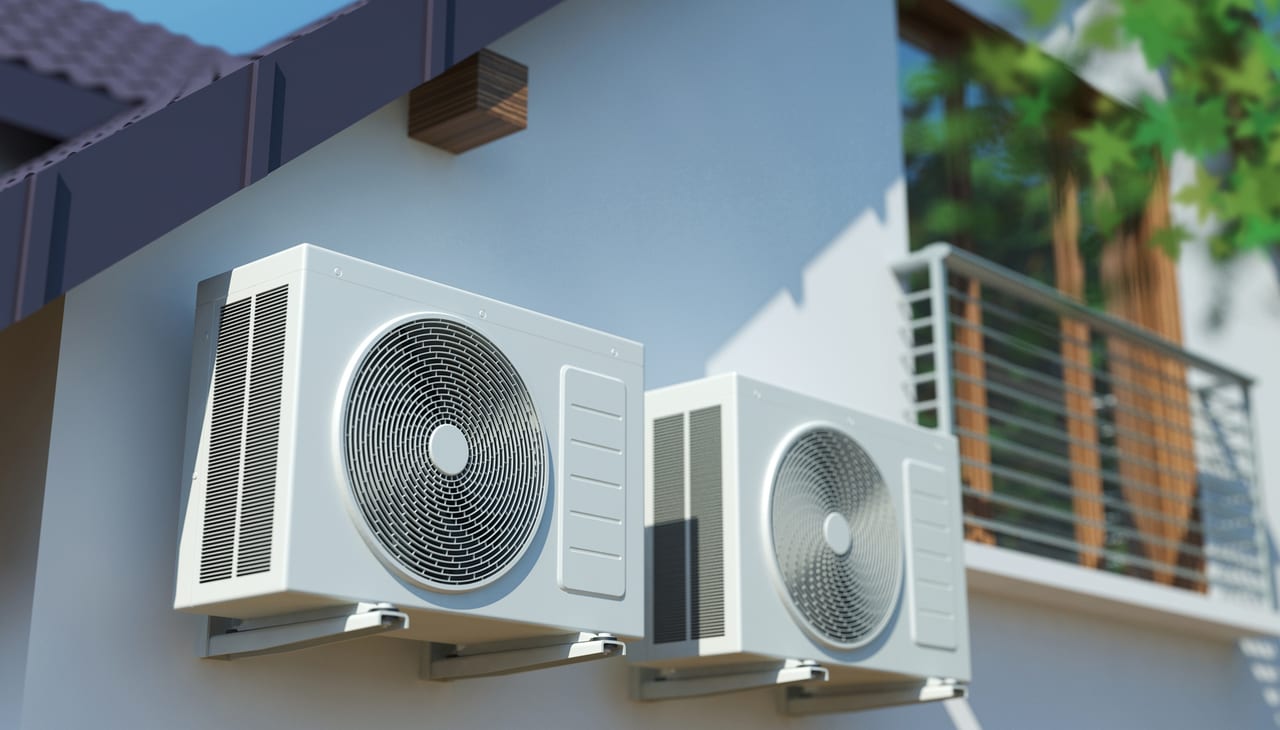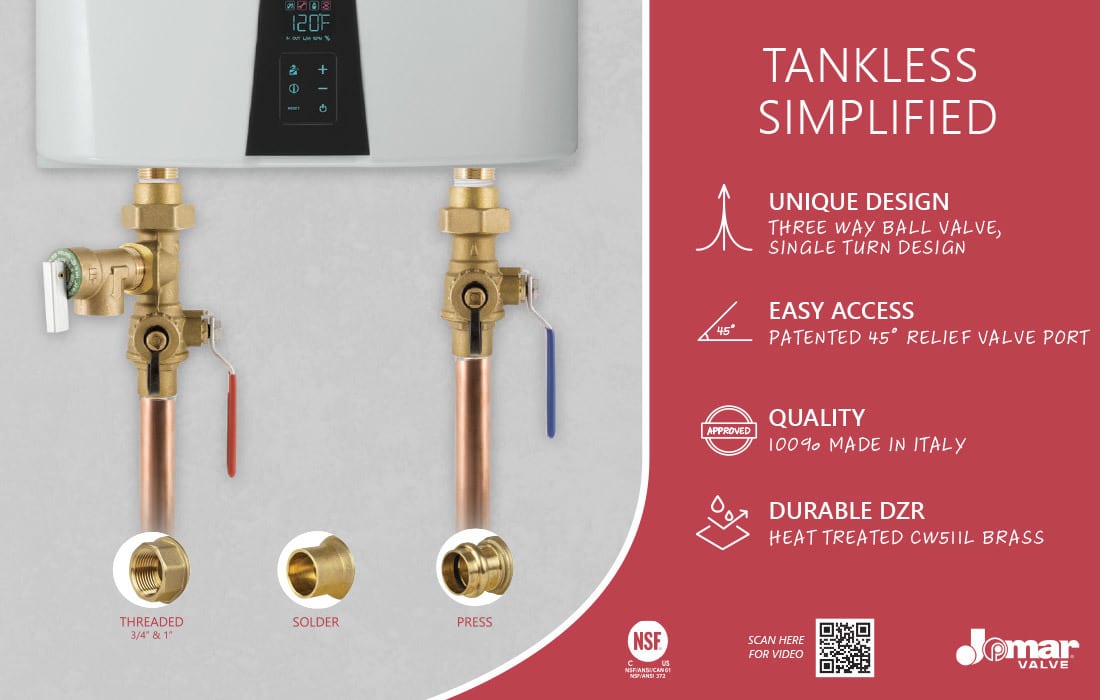
CONTRACTOR’S CORNER
BY DAVE YATES
ID vs. OD and flare joints
Don’t over-tighten your flare joints.

The fun of being an apprentice starts with a steep learning curve. Being sent to the nearest supply house for two 1/2-inch male x flare fittings and flare nuts seemed simple enough until I returned to the job site where we were running a 1/2-inch soft copper (type-L) gas line. Imagine my surprise when the flare nuts did not fit over the tubing! Turned out we referred to copper tubing by its ID (internal diameter) and flare nuts/fittings by the tubing OD (outside diameter). Lesson learned.
Back then, we did a few things wrong when making flared joints. Aside from occasionally forgetting to slide the flare nut over the copper before making the flare (D’oh!), flares too small or large, over-tightening the flare nuts, failure to ream the copper, using flare fittings that had been mixed in with other fittings with the flare surface scratched or dinged and testing for leaks with a lit match. When I questioned the practice of using a lit match, the experienced techs at the shop said it was perfectly safe and to prove that, they deliberately set up a leak. A small leak, which would momentarily ignite and then go back out because there wasn’t enough gas leaking to support a constant flame. I bought a small plastic bottle of liquid leak detector and stopped using matches for leak testing.
Live and learn
One of my earliest training sessions was about making a proper flare joint. Out went my inexpensive flaring tool because it did not have a clutch to prevent thinning out the copper or an orbital flaring tip to roll out the flare instead of mashing the copper. Also purchased that day were a flare gauge to ensure the flare was spot-on and a top quality tubing cutter with curved retractable tool to effectively remove the burr, which comes off like a corkscrew shaving. However, as much as we learned that day, the instructor did not mention using a torque wrench to prevent over-tightening the flare nut.
With the advent and increasing market share of mini-splits, we often ended up troubleshooting installations done by others where the owners either did not want the installers back or where the installers washed their hands, refusing to provide more service. One manufacturer requested we determine what was wrong with a multi-head mini-split installation. The owners were threatening to sue everyone involved, and the installer told them to take a hike.
After the torque wrench won’t allow you to tighten the flare nut past its setting, you can easily get another half turn or more, which is an indication we have all been over tightening our flare joints!
I’m not sure we would have been willing to become involved except for a close working relationship with the manufacturer we had developed by attending trade shows and taking their advanced training on multiple occasions. No doubt the fact that we had installed hundreds of their mini-split systems was also a contributing factor. When I tell you the issues, you’ll no doubt know what was wrong. The owners told me that when two out of three indoor heads called for heating or cooling, everything worked well, but add the third head and one would not provide heating or cooling and the problem migrated between the indoor heads. Of course, the refrigerant level was low, indicating a leak, or multiple leaks, which turned out to be the case. This home had three multi-head mini-split systems and all three were experiencing the same issues.
The first step was recovery of the R-410a refrigerant after determining where the leaks were. As you have no doubt deduced, the leaks were at flare joints. On one three-head system, we discovered an additional leak with detection at the line-hide vinyl ducting. The covers came off as we kept searching for the leak source only to find the installer had utilized a flare union in order to use up scrap pieces of the line sets. The next step was cutting off the flare joints and replacing the line set flare nuts with flare nuts provided by the manufacturer of the mini-splits, which would have been shipped with the new condensers. Each flare nut was tightened using a torque wrench set to the manufacturer’s specifications for the various sizes of copper (the larger the diameter, the larger the torque required).
Here’s the thing about using a torque wrench that most techs find disconcerting: After the torque wrench won’t allow you to tighten the flare nut past its setting, you can easily get another half turn or more, which is an indication we have all been over-tightening our flare joints! Over tightening refrigeration flare nuts can also cause a leak.
Next, we pressurized the systems — one at a time so the other two could remain in service — to 550 PSI with process nitrogen. That charge remained in place overnight indicating no leaks were present. Then, we evacuated that first process nitrogen charge and drew a 1,000-micron vacuum. We then repeated the process — nitrogen charge and then a 500-micron vacuum. We repeated this procedure a third time and let the 500-micron vacuum stand for one hour.
A far cry from the early R-22 days when we purged line sets with refrigerant and then completed the connections, which released the system charge from the condenser. Gone too was the “beer can cold” charging procedure!
When I assisted Penn State’s Solar Decathlon team by traveling to Washington, D.C., to install their mini-split condensers, a gentleman appeared in the doorway and asked me what I was doing. So I asked him what he was doing. Turned out he was a federal inspector and he grilled me on the systems, R-410a and how I was planning on charging the systems. He also wanted to see my certification card on handling refrigerants. When I explained I was doing a 550 PSI process nitrogen charge and the triple evac to 500-microns vacuum, he was satisfied and gave me the go-ahead.
Working on The Mall was a cool experience, and Lois and I had figured on having a nice romantic dinner at The Capitol Grill. Just as we were getting ready to leave, one of the Penn State team leaders came up with his cell phone. Seemed another Solar Decathlon team from Wisconsin had arranged for a local contractor to hook up their mini-splits who failed to show up and wasn’t returning their calls. They had just a few hours to get everything completed or they would fail their inspection and lose a day in the competition. Bottled water and a pack of saltine crackers became our romantic dinner! We got those kids fixed up, and by then it was late, but the entire area was closed to the public and we witnessed the celebrations between college teams and their impromptu parade complete with band instruments. They too passed their inspection with the federal inspector surprised we were still there but this time he knew the mini-splits were installed correctly.
Back to the home with the three multi-head mini-split systems: All’s well that ends well. The customer was satisfied — for the moment — but let me know in no uncertain terms that I would be on the hook if the same issues returned. No worries on my part because I knew the refrigerant systems, using virgin R-410a, were leak-free, clean, bone-dry and would remain so until the units need to be replaced. That was eight years ago and they are still working without any issues.

KangeStudio/iStock / Getty Images Plus via Getty Images
Dave Yates began his career in the PHCP-PVF trades in 1972 with F. W. Behler, a third-generation plumbing/HVAC firm he purchased in 1985. He can be reached at dyates@fwbehler.com.


